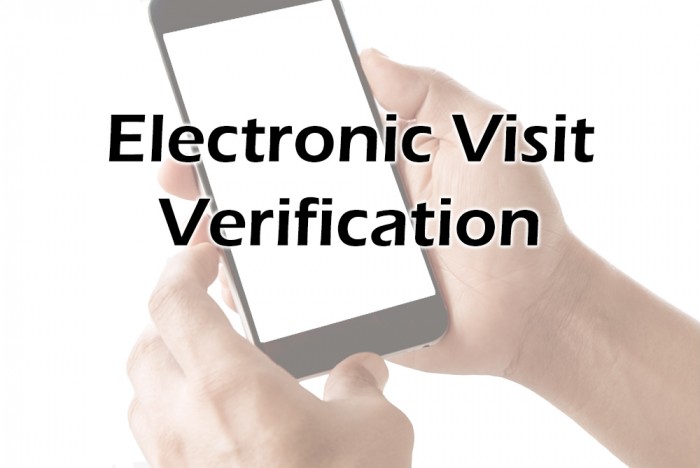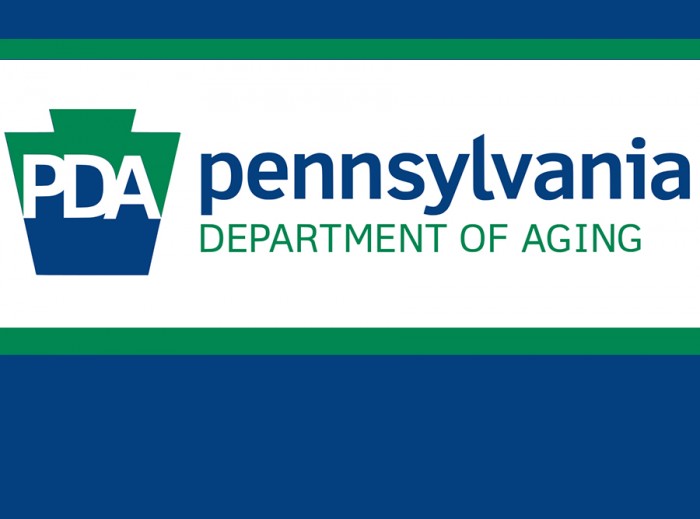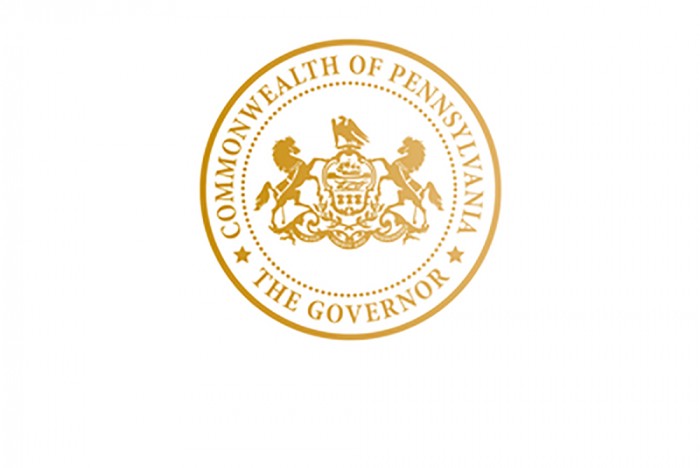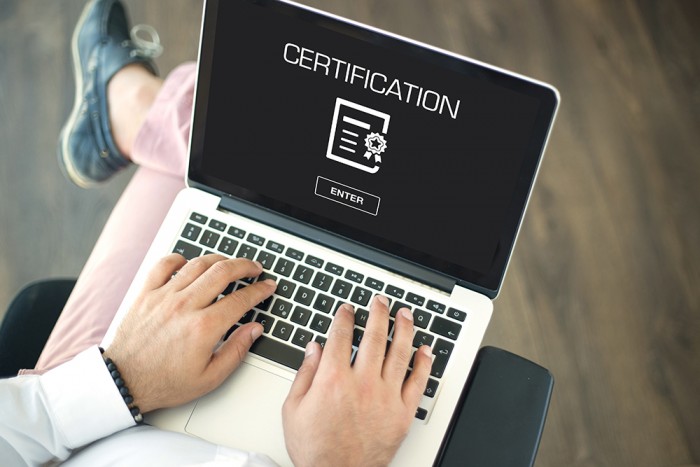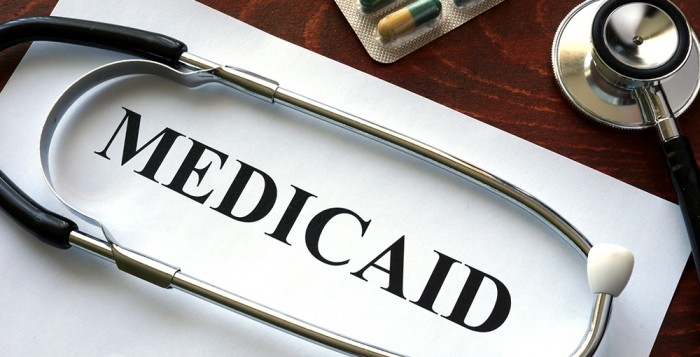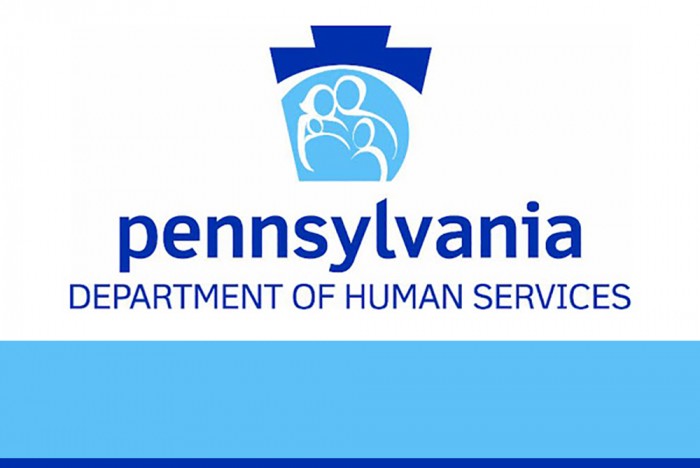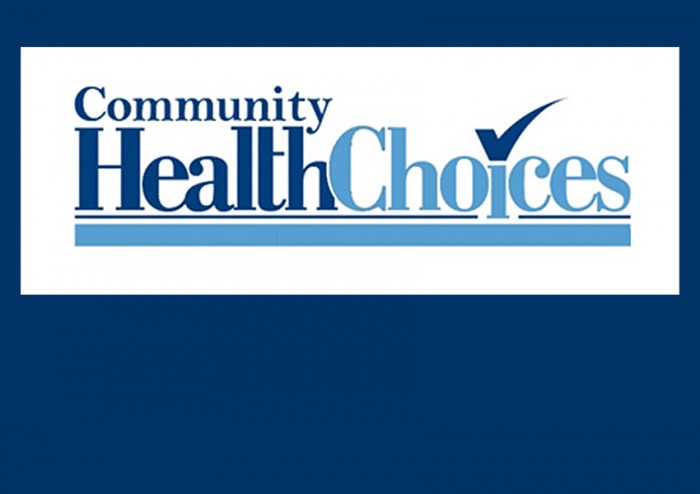Important Electronic Visit Verification (EVV) Reminders:
- EVV Visit Data Requirements
- The technical specification and addendum documents released by the Department of Human Services (DHS) are required to be followed as part of the EVV implementation. DHS must be able to aggregate all data by aligning data elements.
- Required fields outlined in these documents are required to complete EVV implementation for all providers in all programs.
- Entering false data in any of the required fields is not compliant for EVV implementation. As an example, the last 5 digits of the direct care worker’s social security number is a required field and must be submitted to uniquely identify the individual providing the care.
- EVV Error Status Codes (ESCs)
- Providers currently submitting EVV data either through the DHS Sandata EVV system or their own Alternate EVV system need to verify that their PROMISe EVV ESCs are setting on claims the way they would expect. If providers are getting errors they believe are inaccurate, providers should contact the Provider Assistance Center (PAC) by email or at 800-248-2152.
- Please refer to the EVV ESC guidance document on the DHS EVV website for additional information.
- Telephony Visit Verification (TVV)
- Cell phones may only be used in conjunction with a location device.
- Providers cannot require participants to have a land line or cell phone. It is the provider’s responsibility to ensure caregivers have the necessary equipment for EVV.
- If a provider solely uses TVV, the provider agency should consider either offering other visit capture modalities or using the DHS Sandata EVV system.
- Office of Developmental Programs (ODP)/Office of Long-Term Living (OLTL) Medical Assistance (MA) Bulletin
- Issuance is expected within the next 2 weeks.
- Office of Medical Assistance Programs (OMAP) MA Bulletins
- MA Bulletins have been prepared for OMAP providers and are currently undergoing executive review.
- Issuance is anticipated to occur mid-August for Fee-For-Service (FFS) providers.
OMAP Updates:
- OMAP FFS Providers
- On August 3, 2020, a listserv communication was issued to home health care agencies regarding the DHS Sandata training webinar registration opening.
- All OMAP FFS Providers planning to use the DHS Sandata EVV system must receive training for the DHS Sandata EVV System.
- Training will be done using a “train the trainer” model either via live webinar of a self-guided online training course.
- Providers may enroll for the training webinar beginning August 10, 2020 on the Sandata Learn Website.
- The webinar will be conducted on August 28, 2020.
- Providers may do self-paced training if they’re unable to attend the webinar.
- Further information regarding training sessions will be sent to providers via a listserv email.
OLTL Updates:
- All OLTL providers who render personal care services (PCS) are subject to EVV. For claims that contain PCS with dates of service October 1, 2020 and forward, there MUST be a matching EVV record in the DHS aggregator in order for the claim to pay. OLTL strongly encourages providers who are not already capturing EVV visits electronically, to do so NOW and ensure those visits are being sent and stored in the DHS Aggregator. Providers already capturing PCS visits electronically should ensure they understand the meaning of any EVV edits that are setting and understand what corrections are needed to take place on the claim and/or EVV record for a claim to pay in the future.
- Community HealthChoices (CHC) Providers
- Providers serving Participants in CHC must implement an EVV system, follow all implementation directions provided by the CHC Managed Care Organizations (MCOs), and send EVV visit data to the CHC-MCOs. Providers have the option to utilize the HHAeXchange system offered by the CHC-MCOs or select their own Alternate EVV system.
- As a reminder, providers using the HHAeXchange system offered by the CHC-MCOs do not need to complete Aggregator training or the Alt-EVV certification process.
- FFS Providers
- OLTL providers serving participants in the OBRA waiver or the Act 150 program must implement EVV for these programs by either:
- Completing training and using the DHS EVV Sandata system.
- Integrating an Alternate EVV system with the DHS EVV Aggregator to send EVV data for OBRA waiver and Act 150 participants.
- Working with HHAeXchange (if applicable) to send the OBRA waiver and Act 150 EVV data separate from Community HealthChoices (CHC) data.
- Providers choosing this option must confirm this process is completed with HHAeXchange.
- OLTL providers serving participants in the OBRA waiver or the Act 150 program must implement EVV for these programs by either:
ODP Updates:
- All ODP providers who render personal care services (PCS) are subject to EVV. For claims that contain PCS with dates of service October 1, 2020 and forward, there MUST be a matching EVV record in the DHS aggregator in order for the claim to pay. ODP strongly encourages providers who are not already capturing EVV visits electronically, to do so NOW and ensure those visits are being sent and stored in the DHS aggregator. Providers already capturing PCS visits electronically should ensure they understand the meaning of any EVV edits that are setting and understand what corrections are needed to take place on the claim and/or EVV record for a claim to pay in the future.
- Agencies with Choice (AWCs)
- AWCs are required to comply with all Departmental requirements as a condition of participation in the MA program. Support Service Professionals (SSP) and/or Managing Employers are required to participate in the Department’s required EVV process.
- In accordance with ODP Bulletin 00-08-08, Agency with Choice Financial Management Services (AWC FMS), “the AWC FMS provider is the employer of record responsible for certain employer functions,” which includes “assuring that Waiver and non-Waiver provider requirements are met.” The individual or surrogate, as the managing employer of their qualified SSPs, is “responsible to verify time worked by qualified SSPs and approve and sign timesheets.” This includes participation in the EVV process. AWCs, therefore, have the authority to require SSP participation in the EVV process as a condition of employment.
- Please contact your Administrative Entity with any questions you may have.
- Vendor Fiscal (PALCO)
- Effective August 16, 2020, PALCO is requiring All participant-directed services are captured electronically by the SSP.
- EVV training materials and registration forms are available on the PALCO website.
DHS Sandata EVV Updates
- Sandata Mobile Connect (SMC)
- On August 17, 2020, DHS Sandata EVV will change the SMC app security lockout functionality to better align with PA DHS’ security requirements. Effective August 17, 2020, after 3 (three) “unsuccessful login” attempts in 15 minutes, a user will be locked out of SMC.
- After this date, it is RECOMMENDED that upon two (2) unsuccessful attempts to log into SMC, users reset their passwords and not make a 3rd attempt to log in, risking getting locked out. We ask all agency security administrators to please inform their respective staff members of this change.
- Billing Module
- The availability of the billing module has been delayed until 2021. DHS will release more information as it is available.
- Providers should continue to use existing billing processes.
A listserv has been established for ongoing updates on the CHC program. It is titled OLTL-COMMUNITY-HEALTHCHOICES, please visit the ListServ Archives page at http://listserv.dpw.state.pa.us to update or register your email address.









